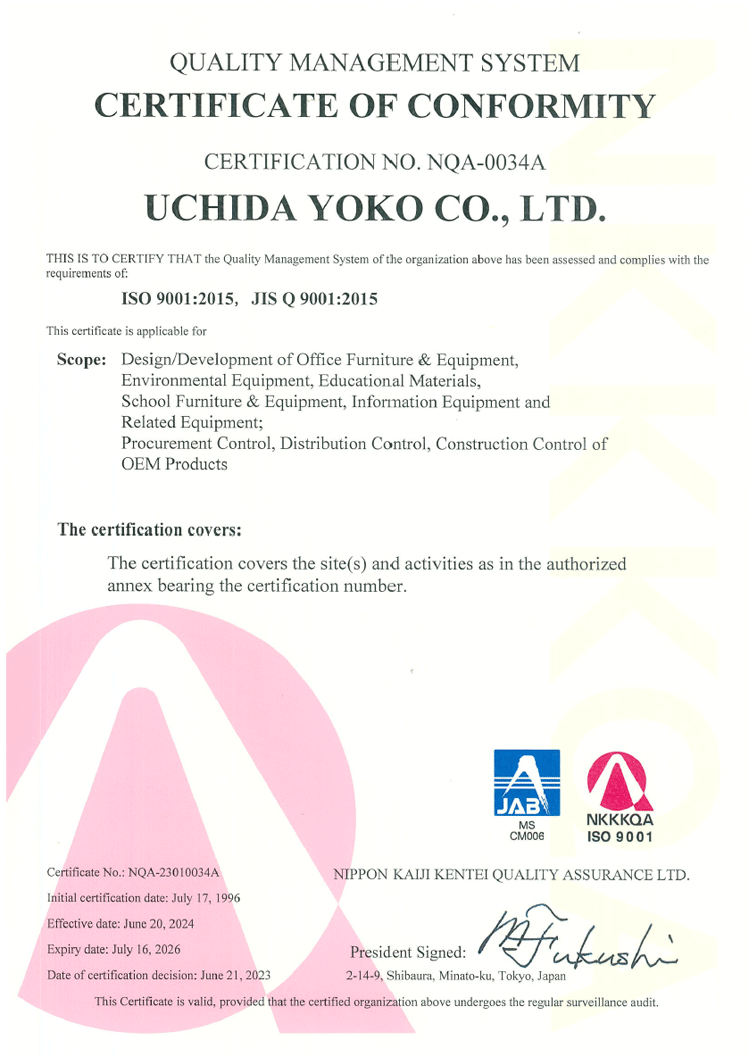
An excellent framework for long-term success and customer satisfaction. Much more of a model for managing and improving an organization, with risk lying at the heart of the standard. A significant revision to the standard and another step away from its manufacturing origins. No actual requirements were added, removed, or changed. A very minor revision with only slight changes in wording. An attempt to make the standard more applicable to service providers, and to make it more flexible in general. A significant revision of the standard with a focus on continuous improvement, customer satisfaction, leadership, and process management. Difficult for services providers to interpret and apply. Still very proscriptive and focused on manufacturing. military standards used by government contractors since World War II.

Truly a manufacturing standard and very heavily focused on documentation. Here is a brief history of ISO 9001 through the years: The present version of ISO 9001—ISO 9001:2015—is the fifth iteration of the standard. Without a QMS, organizations have little chance of sustaining any improvements or innovations they might realize. The requirements represent an excellent foundation of planning, control, and improvement for just about any enterprise. It presents fundamental management and quality assurance practices that can be applied by any organization. ISO 9001 was first published in 1987 by the International Organization for Standardization (ISO), The current version of ISO 9001 was released in September 2015. It is the most popular standard in the ISO 9000 series and the only standard in the series to which organizations can certify. Organizations use the standard to demonstrate the ability to consistently provide products and services that meet customer and regulatory requirements. ISO 9001 is defined as the international standard that specifies requirements for a quality management system (QMS).

BASIC INTRODUCTION OF QUALITY MANAGEMENT SYSTEM: ISO 9001:2015


 0 kommentar(er)
0 kommentar(er)
